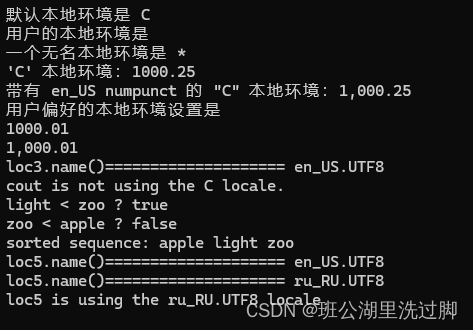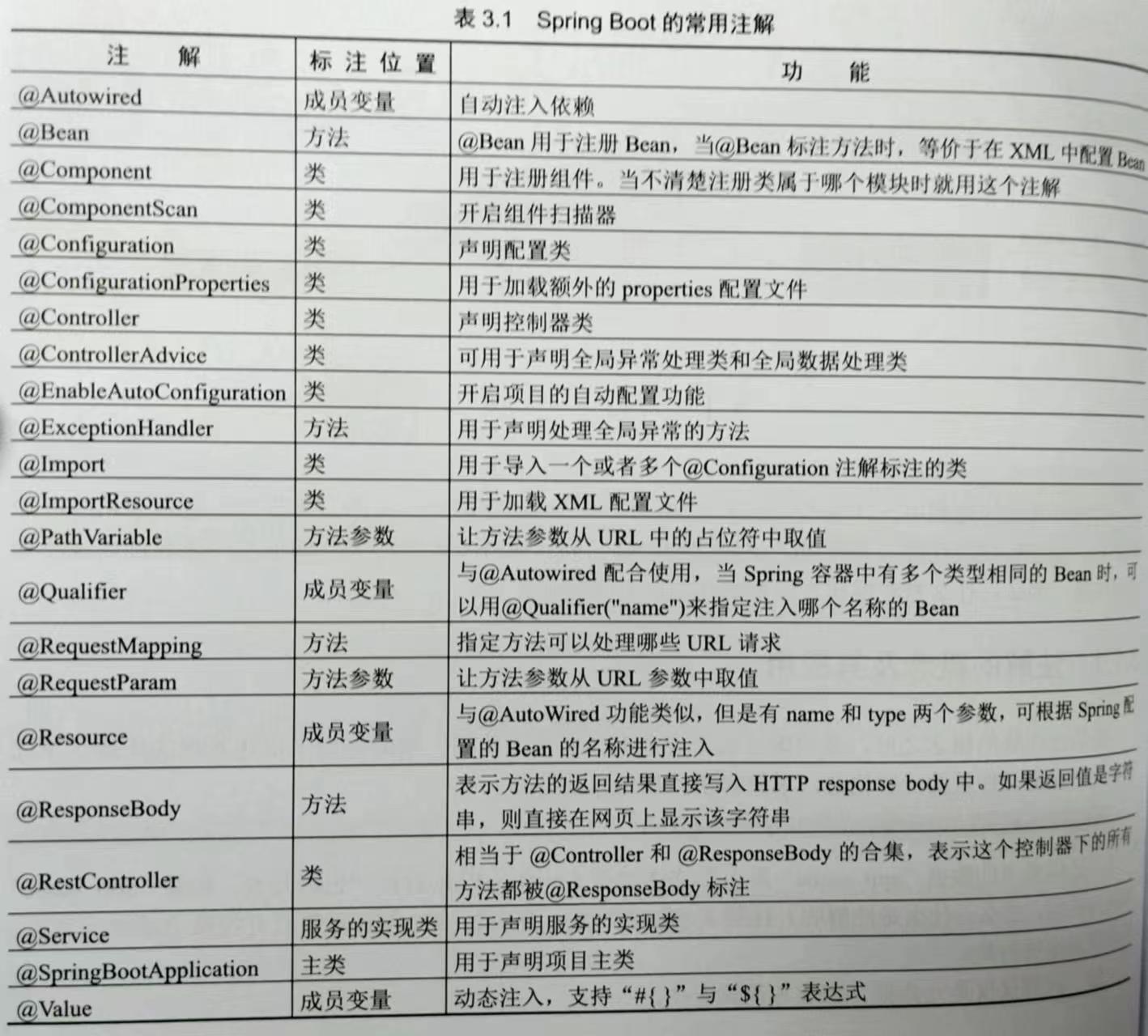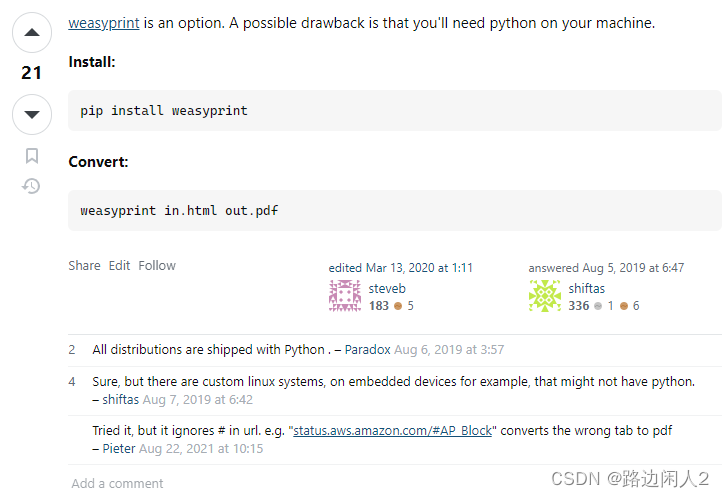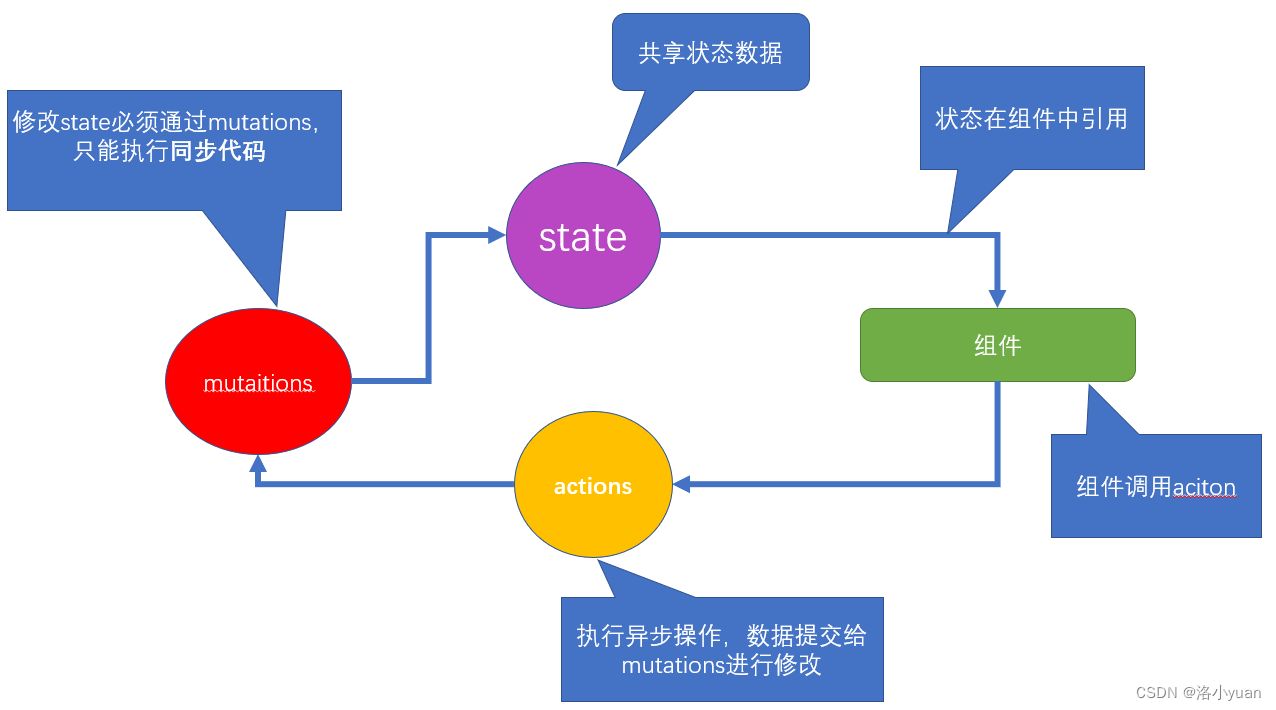思维导图
学习目标
一、基础类型
因为Qt是一个C++的框架,因此C++的语法和数据类型在Qt中都是被支持的,但是Qt中也是定义了一些属于自己的数据类型,不过,好多数据类型都是对C++的数据类型进行封装,下面来简要介绍一下这些基础的数据类型:
Qt的基本数据类型定义在 #include <QtGlobal> 中,Qt的基本数据类型有:
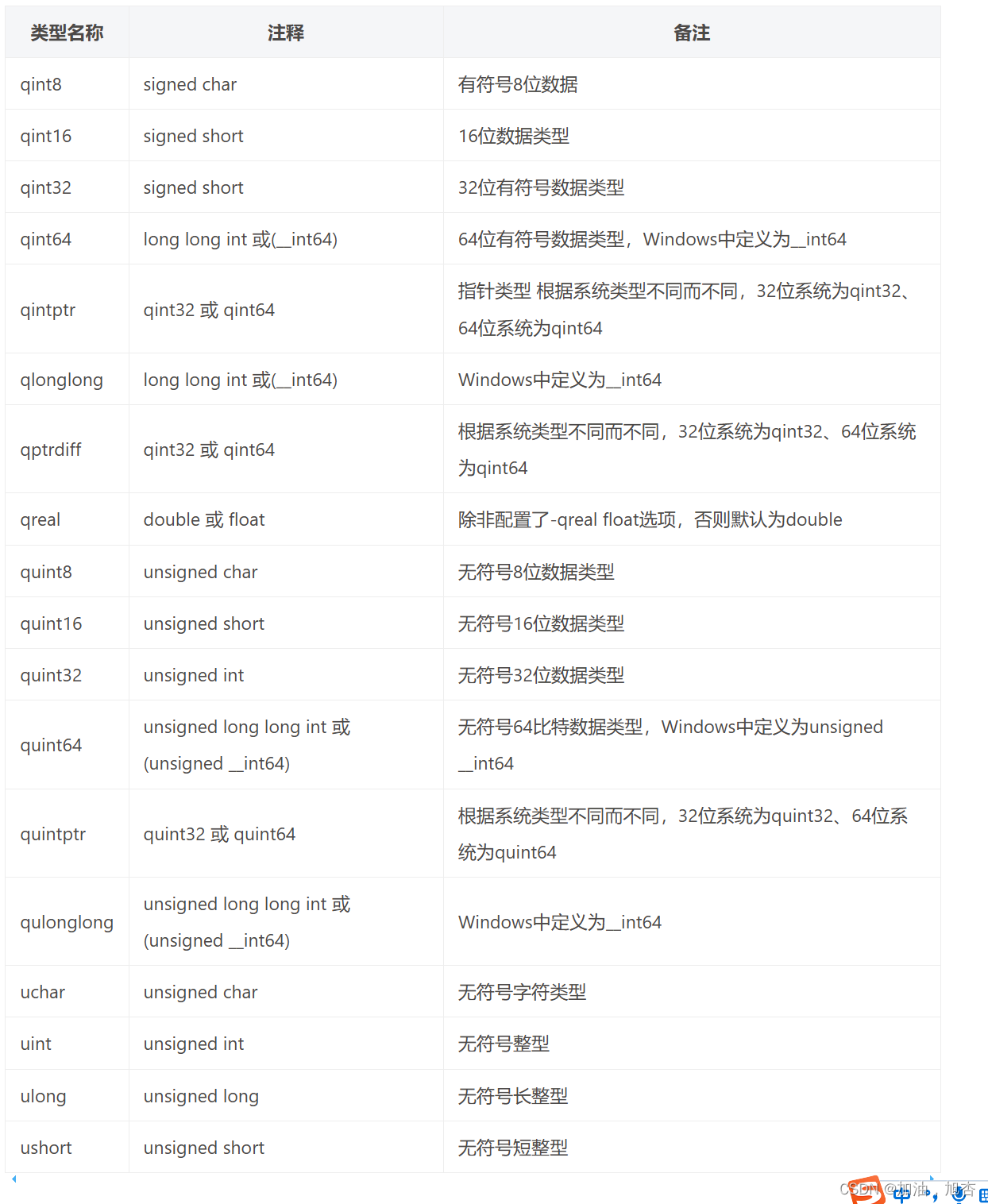
虽然,在Qt中有属于自己的整形或者浮点型,但是在编程过程中,这些数据类型基本不使用,常用的关键字是C/C++中的int,float,double等。
二、Log输出
2.1 在调试窗口中输入日志
在Qt中进行log输出,一般不使用C中的printf,也不是使用C++中的cout,Qt框架提供了专门用于日志输出的类,头文件名为QDebug,使用方法如下:
// 包含QDebug的头文件
#include <QDebug>
// 直接通过全局函数qDebug(),就可以进行日志输出
qDebug() << "date:" << QDate::currentDate();
qDebug() << "Types:" << QString("String") << QChar('x') << QRect(0, 10, 50, 40);扩展一下,在Qt中,和全局函数qDebug()类似的日志函数还有:qWarning(),qInfo() ,qCritical()
int number = 100;
float i = 11.11;
qWarning() << "Number:" << number << "Bther value:" << i;
qInfo() << "Number:" << number << "Bther value:" << i;
qCritical() << "Number:" << number << "Bther value:" << i;2.2 在终端窗口中输出日志
使用2.1的方法只能在项目调试过程中进行日志的输出,如果不是通过IDE进行程序调试,而是直接执行可执行程序,在这种情况下,是没有日志输出窗口的,因此,看不到任何日志输出。
默认情况下,日志信息是不会打印到终端窗口的,如果想要实现这样的效果,必须在项目文件中添加相关的属性信息。
操作如下:打开项目文件(*.pro)找到配置项 config,添加 console 控制台属性
三、字符串类型
在Qt中,不仅支持C,C++中的字符串类型,而且还在框架中定义了专属的字符串类型,我们必须要掌握在Qt中关于这些类型的使用和相互之间的转换。
| 语言类型 | 字符串类型 |
| C | char* |
| C++ | std::string,char* |
| Qt | QByteArray,QString等 |
3.1 QByteArray
在Qt中,QByteArray可以看做是C语言中char*的升级版本。我们在使用这种类型的时候,可以通过这个类的构造函申请一块内存空间,用于存储我们需要处理的字符串数据。
下面,我们来看一看这个类中常用的一些API函数:
// 构造函数
// 1.构造空对象,里面没有数据
QByteArray::QByteArray();
// 2.将data中的size个字符进行构造,得到一个字节数组对象
// 如果size = -1, 函数内部自动计算字符串长度,计算方式为:strlen(data)
QByteArray::QByteArray(const char* data, int size = -1);
// 3.构造一个长度为size个字节,并且每一个字节值都为ch的字节数组
QByteArray::QByteArray(int size, char ch);// 尾部追加数据
QString &QString::append(const QString &str);
QString &QString::append(const char *str);
QString &QString::append(const QByteArray &ba);
void QString::push_back(const QString &other);// 头部添加函数
QString &QString::prepend(const QString &str);
QString &QString::prepend(const char *str);
QString &QString::prepend(const QByteArray &ba);
void QString::push_front(const QString &other);// 插入数据,将ba插入带数组第i个字节的位置(从0开始)
QByteArray &QByteArray::insert(int i, const QByteArray &ba);// 删除数据
// 从大字符串中删除len字符,从第pos个字符的位置开始删除
QByteArray &QByteArray::remove(int pos, int len)
// 从字符数组的尾部删除n个字节
void QByteArray::chop(int n)
// 从字节数组的pos位置将数组阶段(前面的部分留下,后边部分被删除)
void QByteArray::truncate(int pos)
// 将对象中的数据清空,使其为NULL
void QByteArray::clear();// 字符串替换
// 将字节数组中的子字符串 before 替换为 after
// 其他重载函数的同名函数可以参考Qt帮助文档
QByteArray& QByteArray::replace(const QByteArray& before, const QByteArray& after);
// 判断字节数组中是否包含子字符串 ba, 包含返回 true, 否则返回 false
bool QByteArray::contains(const QByteArray& ba) const;
bool QByteArray::contains(const char* ba) const;
// 判断字节数组中是否包含子字符 ch, 包含返回 true, 否则返回 false
bool QByteArray::contains(char ch) const;
// 判断字节数组是否以字符串 ba 开始,是返回 true, 不是则返回 false
bool QByteArray::startsWith(const QByteArray& ba) const;
bool QByteArray::startsWith(const char* ba) const;
// 判断字节数组是否以字符 ch 开始的,是返回 true, 不是返回 false
bool QByteArray::startsWith(char ch) const;
// 判断字节数组是否以字符串 ba 结尾,是返回 true, 不是返回false
bool QByteArray::endWith(const QByteArray& ba) const;
bool QByteArray::endWith(const char* ba) const;
// 判断字节数组是否以字符ch结尾,是返回 true, 不是返回 false
bool QByteArray::endWith(const char ch) const;// 使用迭代器
iterator QByteArray::begin();
iterator QByteArray::end();
// 使用数的方式进行遍历
// i的取值范围 0 <= i < size()
char QByteArray::at(int i) const;
char QByteArray::operator[](int i) const;// 返回字节数组对象中字符的个数
int QByteArray::length() const;
int QByteArray::size() const;
int QByteArray::count() const;
// 返回字节数组对象中字符串 ba 出现的次数
int QByteArray::count(const QByteArray& ba) const;
int QByteArray::count(const char* ba) const;
// 返回字节数组对象中字符串 ch 出现的次数
int QByteArray::count(char ch) const;
3.2 QString
QString 也是封装了字符串,但是内部的编码为 utf-8,utf-8属于Unicode字符集,它固定使用多个字节(windows为2字节,Linux为3个字节)来表示一个字符,这样就可以将世界上几乎所有语言的常用字符收录在其中。
下面是常用的API:

3.3 两者之间的区别
四、QVariant
QVariant这个类很神奇,或者是很方便的,在很多时候,需要几种不同的数据类型需要传递,如果使用结构体,不是很方便,容器保存的也只是一种数据类型,而QVariant可以存储多个类型。
QVariant这个类型充当着很常见的数据类型的联合。QVariant可以保存很多Qt的数据类型,包括
QBrush、QColor、QCursor、QDateTime、QFont、QKeySequence、 QPalette、QPen、QPixmap、QPoint、QRect、QRegion、QSize和QString,并且还有C++的基本类型,比如int,float等。
4.1 标准类型
将标准数据类型转换为QVariant类型
4.2 自定义类型
除了标准类型,我们自定义的类型也可以使用QVariant类进行封装,被QVariant存储的数据类型需要有一个默认的构造函数和一个拷贝构造函数。为了实现这一个功能,首先必须使用Q_DECLARE_METATYPE()宏。通常会将这个宏放在类的声明所在头文件的下面,原型为:Q_DECLARE_METATYPE(type)。
使用的具体步骤如下:
第一步:在头文件中声明:
// *.h
struct MyTest
{
int id;
QString name;
};
// 自定义类型注册
Q_DECLARE_METATYPE(MyTest)第二步:在源文件中定义:
MyTest t;
t.name = "张三丰";
t.num = 666;
// 值的封装
QVariant vt = QVariant::fromValue(t);
// 值的读取
if(vt.canConvert<MyTest>())
{
MyTest t = vt.value<MyTest>();
qDebug() << "name: " << t.name << ", num: " << t.num;
}以上操作用到的QVariant类的API如下:
// 如果当前QVariant对象可用转换为对应的模板类型 T, 返回true, 否则返回false
bool QVariant::canConvert() const;
// 将当前QVariant对象转换为实际的 T 类型
T QVariant::value() const;五、位置和尺寸
在QT中我们常见的 点, 线, 尺寸, 矩形 都被进行了封装, 下边依次为大家介绍相关的类。
5.1 QPoint
QPoint类封装了我们常用用到的坐标点 (x, y), 常用的 API如下:
C++
1 2 3 4 5 6 7 8 9 10 11 12 13 14 15 16 17 18 19 20 21 22 23 24 25 26 27 28 29 |
// 构造函数 // 构造一个坐标原点, 即(0, 0) QPoint::QPoint(); // 参数为 x轴坐标, y轴坐标 QPoint::QPoint(int xpos, int ypos); // 设置x轴坐标 void QPoint::setX(int x); // 设置y轴坐标 void QPoint::setY(int y); // 得到x轴坐标 int QPoint::x() const; // 得到x轴坐标的引用 int &QPoint::rx(); // 得到y轴坐标 int QPoint::y() const; // 得到y轴坐标的引用 int &QPoint::ry(); // 直接通过坐标对象进行算术运算: 加减乘除 QPoint &QPoint::operator*=(float factor); QPoint &QPoint::operator*=(double factor); QPoint &QPoint::operator*=(int factor); QPoint &QPoint::operator+=(const QPoint &point); QPoint &QPoint::operator-=(const QPoint &point); QPoint &QPoint::operator/=(qreal divisor); // 其他API请自行查询Qt帮助文档, 不要犯懒哦哦哦哦哦...... |
5.2 QLine
QLine是一个直线类, 封装了两个坐标点 (两点确定一条直线)常用API如下:
C++
1 2 3 4 5 6 7 8 9 10 11 12 13 14 15 16 17 18 19 20 21 22 23 24 25 26 27 28 29 30 31 32 33 34 35 36 37 38 39 40 41 42 43 44 45 |
// 构造函数 // 构造一个空对象 QLine::QLine(); // 构造一条直线, 通过两个坐标点 QLine::QLine(const QPoint &p1, const QPoint &p2); // 从点 (x1, y1) 到 (x2, y2) QLine::QLine(int x1, int y1, int x2, int y2); // 给直线对象设置坐标点 void QLine::setPoints(const QPoint &p1, const QPoint &p2); // 起始点(x1, y1), 终点(x2, y2) void QLine::setLine(int x1, int y1, int x2, int y2); // 设置直线的起点坐标 void QLine::setP1(const QPoint &p1); // 设置直线的终点坐标 void QLine::setP2(const QPoint &p2); // 返回直线的起始点坐标 QPoint QLine::p1() const; // 返回直线的终点坐标 QPoint QLine::p2() const; // 返回值直线的中心点坐标, (p1() + p2()) / 2 QPoint QLine::center() const; // 返回值直线起点的 x 坐标 int QLine::x1() const; // 返回值直线终点的 x 坐标 int QLine::x2() const; // 返回值直线起点的 y 坐标 int QLine::y1() const; // 返回值直线终点的 y 坐标 int QLine::y2() const; // 用给定的坐标点平移这条直线 void QLine::translate(const QPoint &offset); void QLine::translate(int dx, int dy); // 用给定的坐标点平移这条直线, 返回平移之后的坐标点 QLine QLine::translated(const QPoint &offset) const; QLine QLine::translated(int dx, int dy) const; // 直线对象进行比较 bool QLine::operator!=(const QLine &line) const; bool QLine::operator==(const QLine &line) const; // 其他API请自行查询Qt帮助文档, 不要犯懒哦哦哦哦哦...... |
5.3 QSize
在QT中
QSize类用来形容长度和宽度, 常用的API如下:
C++
1 2 3 4 5 6 7 8 9 10 11 12 13 14 15 16 17 18 19 20 21 22 23 24 25 26 27 28 29 30 31 32 |
// 构造函数 // 构造空对象, 对象中的宽和高都是无效的 QSize::QSize(); // 使用宽和高构造一个有效对象 QSize::QSize(int width, int height); // 设置宽度 void QSize::setWidth(int width) // 设置高度 void QSize::setHeight(int height); // 得到宽度 int QSize::width() const; // 得到宽度的引用 int &QSize::rwidth(); // 得到高度 int QSize::height() const; // 得到高度的引用 int &QSize::rheight(); // 交换高度和宽度的值 void QSize::transpose(); // 交换高度和宽度的值, 返回交换之后的尺寸信息 QSize QSize::transposed() const; // 进行算法运算: 加减乘除 QSize &QSize::operator*=(qreal factor); QSize &QSize::operator+=(const QSize &size); QSize &QSize::operator-=(const QSize &size); QSize &QSize::operator/=(qreal divisor); // 其他API请自行查询Qt帮助文档, 不要犯懒哦哦哦哦哦...... |
5.4 QRect
在Qt中使用
QRect类来描述一个矩形, 常用的API如下:
C++
1 2 3 4 5 6 7 8 9 10 11 12 13 14 15 16 17 18 19 20 21 22 23 24 25 26 27 28 29 30 31 32 33 34 35 36 37 38 39 40 41 42 43 44 45 46 47 48 49 50 51 |
// 构造函数 // 构造一个空对象 QRect::QRect(); // 基于左上角坐标, 和右下角坐标构造一个矩形对象 QRect::QRect(const QPoint &topLeft, const QPoint &bottomRight); // 基于左上角坐标, 和 宽度, 高度构造一个矩形对象 QRect::QRect(const QPoint &topLeft, const QSize &size); // 通过 左上角坐标(x, y), 和 矩形尺寸(width, height) 构造一个矩形对象 QRect::QRect(int x, int y, int width, int height); // 设置矩形的尺寸信息, 左上角坐标不变 void QRect::setSize(const QSize &size); // 设置矩形左上角坐标为(x,y), 大小为(width, height) void QRect::setRect(int x, int y, int width, int height); // 设置矩形宽度 void QRect::setWidth(int width); // 设置矩形高度 void QRect::setHeight(int height); // 返回值矩形左上角坐标 QPoint QRect::topLeft() const; // 返回矩形右上角坐标 // 该坐标点值为: QPoint(left() + width() -1, top()) QPoint QRect::topRight() const; // 返回矩形左下角坐标 // 该坐标点值为: QPoint(left(), top() + height() - 1) QPoint QRect::bottomLeft() const; // 返回矩形右下角坐标 // 该坐标点值为: QPoint(left() + width() -1, top() + height() - 1) QPoint QRect::bottomRight() const; // 返回矩形中心点坐标 QPoint QRect::center() const; // 返回矩形上边缘y轴坐标 int QRect::top() const; int QRect::y() const; // 返回值矩形下边缘y轴坐标 int QRect::bottom() const; // 返回矩形左边缘 x轴坐标 int QRect::x() const; int QRect::left() const; // 返回矩形右边缘x轴坐标 int QRect::right() const; |
六、日期和时间
6.1 QDate
QDate类可以封装日期信息也可以通过这个类得到日期相关的信息, 包括:年,月,日。
C++
1 2 3 4 5 6 7 8 9 10 11 12 13 14 15 16 17 18 19 20 21 22 23 24 25 26 27 28 29 30 31 32 33 34 35 36 37 38 39 40 41 42 43 44 45 |
// 构造函数
QDate::QDate();
QDate::QDate(int y, int m, int d);
// 公共成员函数
// 重新设置日期对象中的日期
bool QDate::setDate(int year, int month, int day);
// 给日期对象添加 ndays 天
QDate QDate::addDays(qint64 ndays) const;
// 给日期对象添加 nmonths 月
QDate QDate::addMonths(int nmonths) const;
// 给日期对象添加 nyears 月
QDate QDate::addYears(int nyears) const;
// 得到日期对象中的年/月/日
int QDate::year() const;
int QDate::month() const;
int QDate::day() const;
void QDate::getDate(int *year, int *month, int *day) const;
// 日期对象格式化
/*
d - The day as a number without a leading zero (1 to 31)
dd - The day as a number with a leading zero (01 to 31)
ddd - The abbreviated localized day name (e.g. 'Mon' to 'Sun'). Uses the system locale to localize the name, i.e. QLocale::system().
dddd - The long localized day name (e.g. 'Monday' to 'Sunday'). Uses the system locale to localize the name, i.e. QLocale::system().
M - The month as a number without a leading zero (1 to 12)
MM - The month as a number with a leading zero (01 to 12)
MMM - The abbreviated localized month name (e.g. 'Jan' to 'Dec'). Uses the system locale to localize the name, i.e. QLocale::system().
MMMM - The long localized month name (e.g. 'January' to 'December'). Uses the system locale to localize the name, i.e. QLocale::system().
yy - The year as a two digit number (00 to 99)
yyyy - The year as a four digit number. If the year is negative, a minus sign is prepended, making five characters.
*/
QString QDate::toString(const QString &format) const;
// 操作符重载 ==> 日期比较
bool QDate::operator!=(const QDate &d) const;
bool QDate::operator<(const QDate &d) const;
bool QDate::operator<=(const QDate &d) const;
bool QDate::operator==(const QDate &d) const;
bool QDate::operator>(const QDate &d) const;
bool QDate::operator>=(const QDate &d) const;
// 静态函数 -> 得到本地的当前日期
[static] QDate QDate::currentDate();
|
6.2 QTime
QTime类可以封装时间信息也可以通过这个类得到时间相关的信息, 包括:时,分,秒,毫秒。
C++
1 2 3 4 5 6 7 8 9 10 11 12 13 14 15 16 17 18 19 20 21 22 23 24 25 26 27 28 29 30 31 32 33 34 35 36 37 38 39 40 41 42 43 44 45 46 47 48 49 50 51 52 53 54 55 56 57 58 59 60 61 62 63 64 65 66 67 68 69 70 71 72 73 74 75 76 77 78 79 80 81 82 |
// 构造函数
QTime::QTime();
/*
h ==> 取值范围: 0 ~ 23
m and s ==> 取值范围: 0 ~ 59
ms ==> 取值范围: 0 ~ 999
*/
QTime::QTime(int h, int m, int s = 0, int ms = 0);
// 公共成员函数
// Returns true if the set time is valid; otherwise returns false.
bool QTime::setHMS(int h, int m, int s, int ms = 0);
QTime QTime::addSecs(int s) const;
QTime QTime::addMSecs(int ms) const;
// 示例代码
QTime n(14, 0, 0); // n == 14:00:00
QTime t;
t = n.addSecs(70); // t == 14:01:10
t = n.addSecs(-70); // t == 13:58:50
t = n.addSecs(10 * 60 * 60 + 5); // t == 00:00:05
t = n.addSecs(-15 * 60 * 60); // t == 23:00:00
// 从时间对象中取出 时/分/秒/毫秒
// Returns the hour part (0 to 23) of the time. Returns -1 if the time is invalid.
int QTime::hour() const;
// Returns the minute part (0 to 59) of the time. Returns -1 if the time is invalid.
int QTime::minute() const;
// Returns the second part (0 to 59) of the time. Returns -1 if the time is invalid.
int QTime::second() const;
// Returns the millisecond part (0 to 999) of the time. Returns -1 if the time is invalid.
int QTime::msec() const;
// 时间格式化
/*
-- 时 --
h ==> The hour without a leading zero (0 to 23 or 1 to 12 if AM/PM display)
hh ==> The hour with a leading zero (00 to 23 or 01 to 12 if AM/PM display)
H ==> The hour without a leading zero (0 to 23, even with AM/PM display)
HH ==> The hour with a leading zero (00 to 23, even with AM/PM display)
-- 分 --
m ==> The minute without a leading zero (0 to 59)
mm ==> The minute with a leading zero (00 to 59)
-- 秒 --
s ==> The whole second, without any leading zero (0 to 59)
ss ==> The whole second, with a leading zero where applicable (00 to 59)
-- 毫秒 --
zzz ==> The fractional part of the second, to millisecond precision,
including trailing zeroes where applicable (000 to 999).
-- 上午或者下午
AP or A ==> 使用AM/PM(大写) 描述上下午, 中文系统显示汉字
ap or a ==> 使用am/pm(小写) 描述上下午, 中文系统显示汉字
*/
QString QTime::toString(const QString &format) const;
// 阶段性计时
// 过时的API函数
// 开始计时
void QTime::start();
// 计时结束
int QTime::elapsed() const;
// 重新计时
int QTime::restart();
// 推荐使用的API函数
// QElapsedTimer 类
void QElapsedTimer::start();
qint64 QElapsedTimer::restart();
qint64 QElapsedTimer::elapsed() const;
// 操作符重载 ==> 时间比较
bool QTime::operator!=(const QTime &t) const;
bool QTime::operator<(const QTime &t) const;
bool QTime::operator<=(const QTime &t) const;
bool QTime::operator==(const QTime &t) const;
bool QTime::operator>(const QTime &t) const;
bool QTime::operator>=(const QTime &t) const;
// 静态函数 -> 得到当前时间
[static] QTime QTime::currentTime();
|
6.3 QDateTime
QDateTime类可以封装日期和时间信息也可以通过这个类得到日期和时间相关的信息, 包括:年,月,日,时,分,秒,毫秒。其实这个类就是QDate和QTime这两个类的结合体。
C++
1 2 3 4 5 6 7 8 9 10 11 12 13 14 15 16 17 18 19 20 21 22 23 24 25 26 27 28 29 30 31 32 33 34 35 36 |
// 构造函数 QDateTime::QDateTime(); QDateTime::QDateTime(const QDate &date, const QTime &time, Qt::TimeSpec spec = Qt::LocalTime); // 公共成员函数 // 设置日期 void QDateTime::setDate(const QDate &date); // 设置时间 void QDateTime::setTime(const QTime &time); // 给当前日期对象追加 年/月/日/秒/毫秒, 参数可以是负数 QDateTime QDateTime::addYears(int nyears) const; QDateTime QDateTime::addMonths(int nmonths) const; QDateTime QDateTime::addDays(qint64 ndays) const; QDateTime QDateTime::addSecs(qint64 s) const; QDateTime QDateTime::addMSecs(qint64 msecs) const; // 得到对象中的日期 QDate QDateTime::date() const; // 得到对象中的时间 QTime QDateTime::time() const; // 日期和时间格式, 格式字符参考QDate 和 QTime 类的 toString() 函数 QString QDateTime::toString(const QString &format) const; // 操作符重载 ==> 日期时间对象的比较 bool QDateTime::operator!=(const QDateTime &other) const; bool QDateTime::operator<(const QDateTime &other) const; bool QDateTime::operator<=(const QDateTime &other) const; bool QDateTime::operator==(const QDateTime &other) const; bool QDateTime::operator>(const QDateTime &other) const; bool QDateTime::operator>=(const QDateTime &other) const; // 静态函数 // 得到当前时区的日期和时间(本地设置的时区对应的日期和时间) [static] QDateTime QDateTime::currentDateTime(); |
























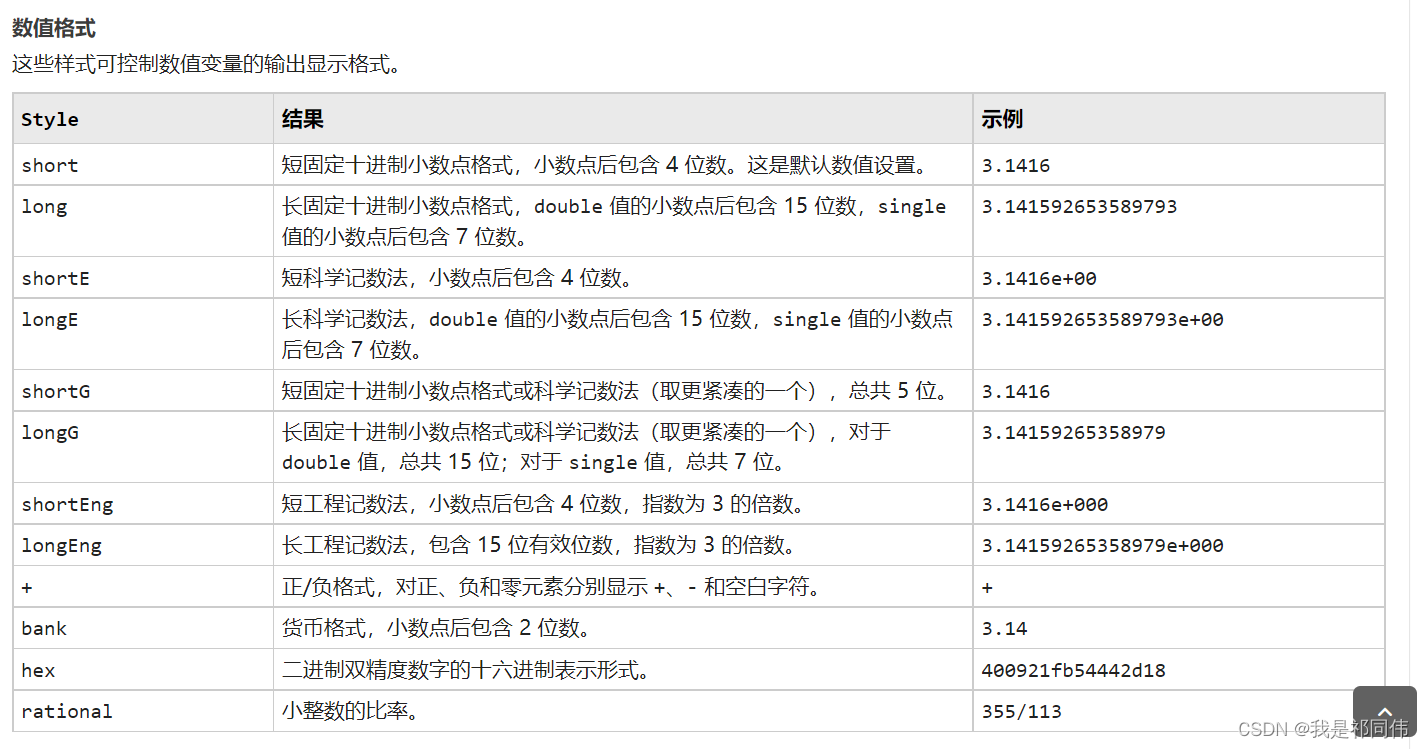
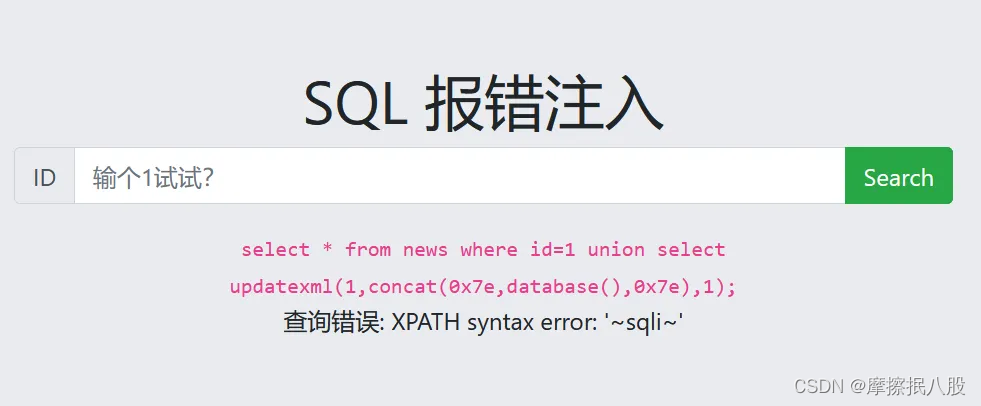

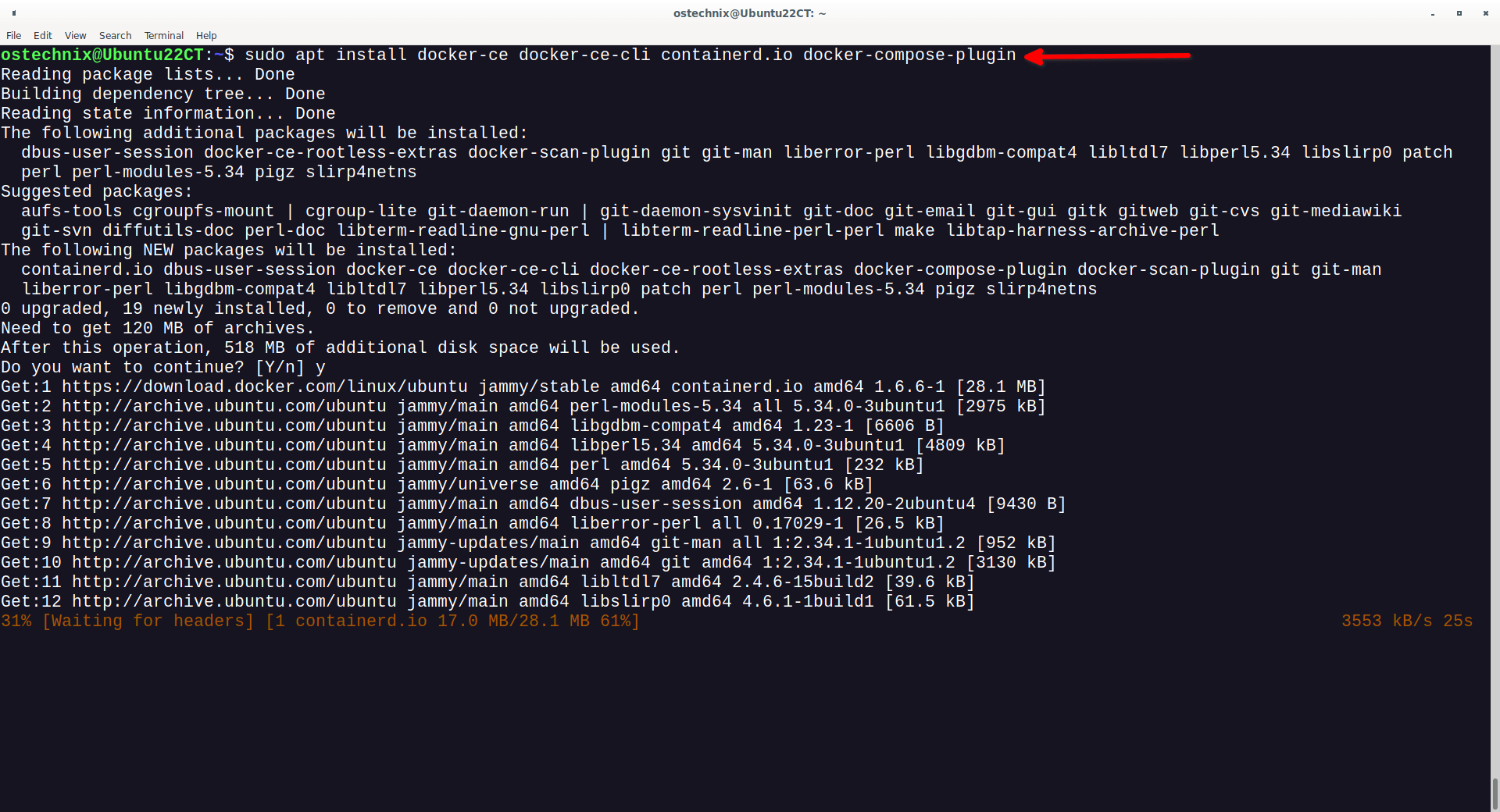
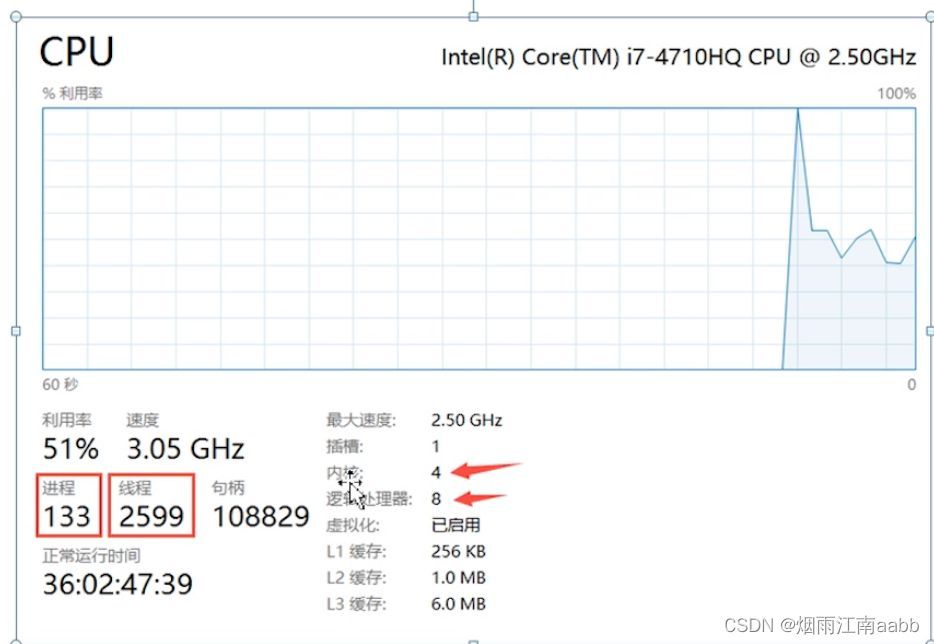
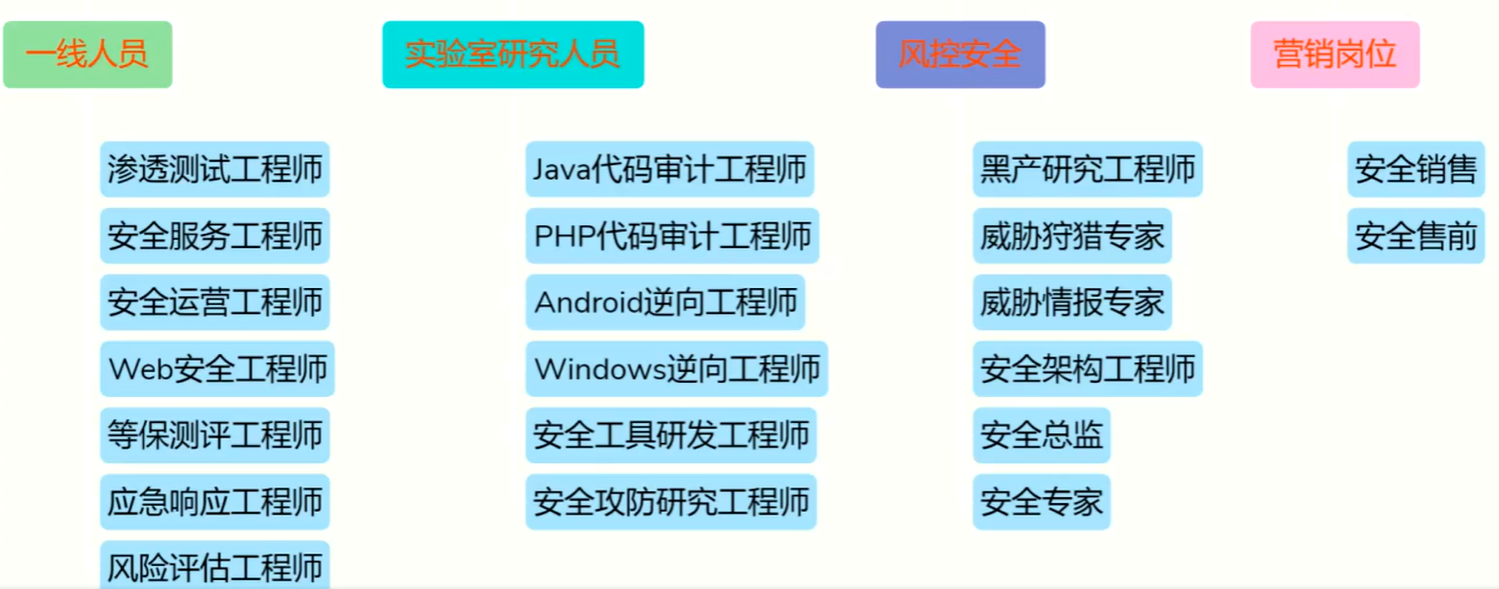

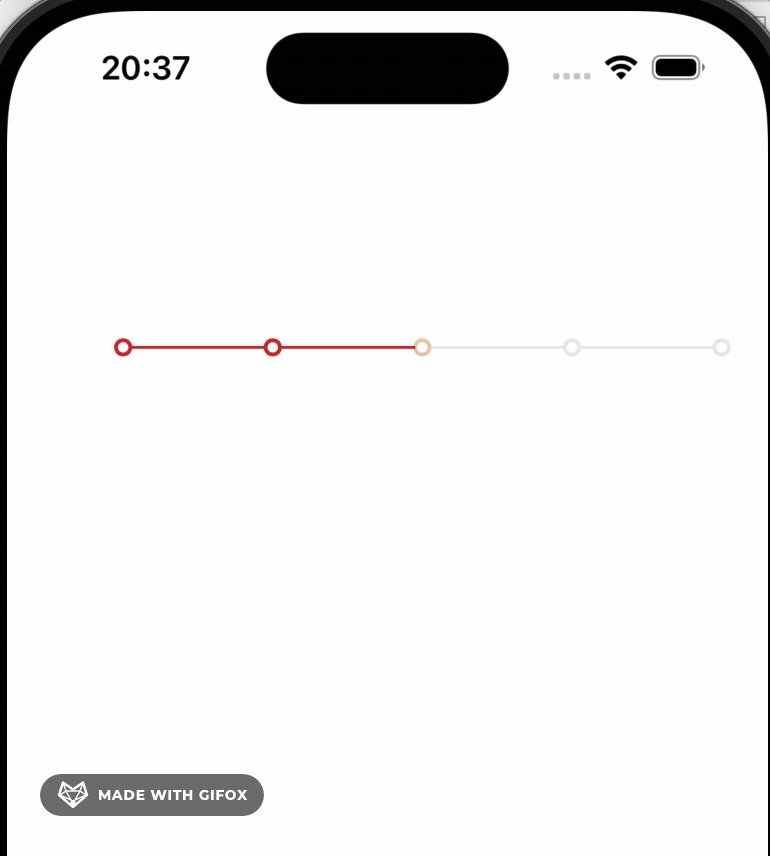


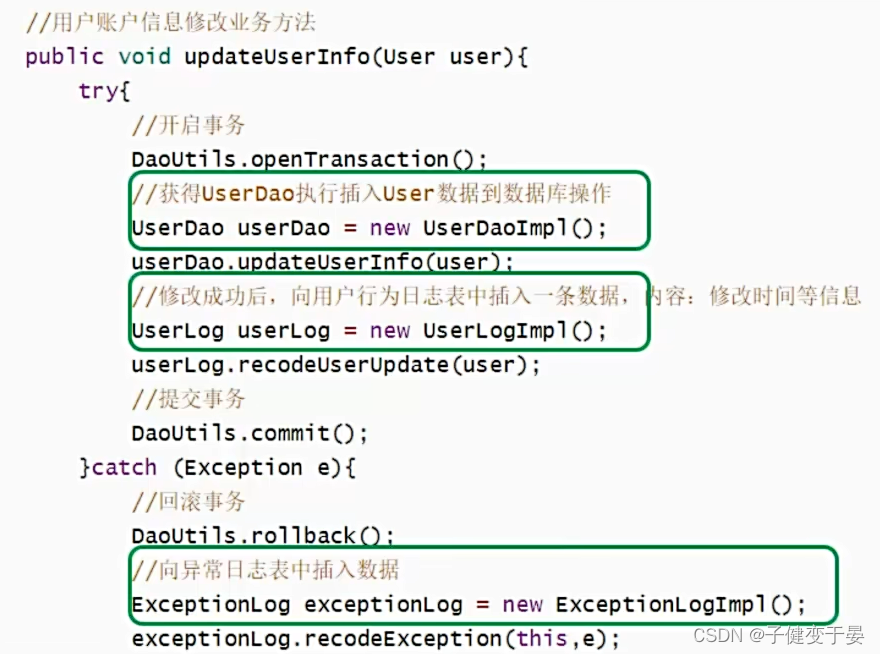



![[学习笔记] VFX Silhouette](https://img-blog.csdnimg.cn/direct/548fd39447cd41ec98b5e4bdc53e2455.png)
